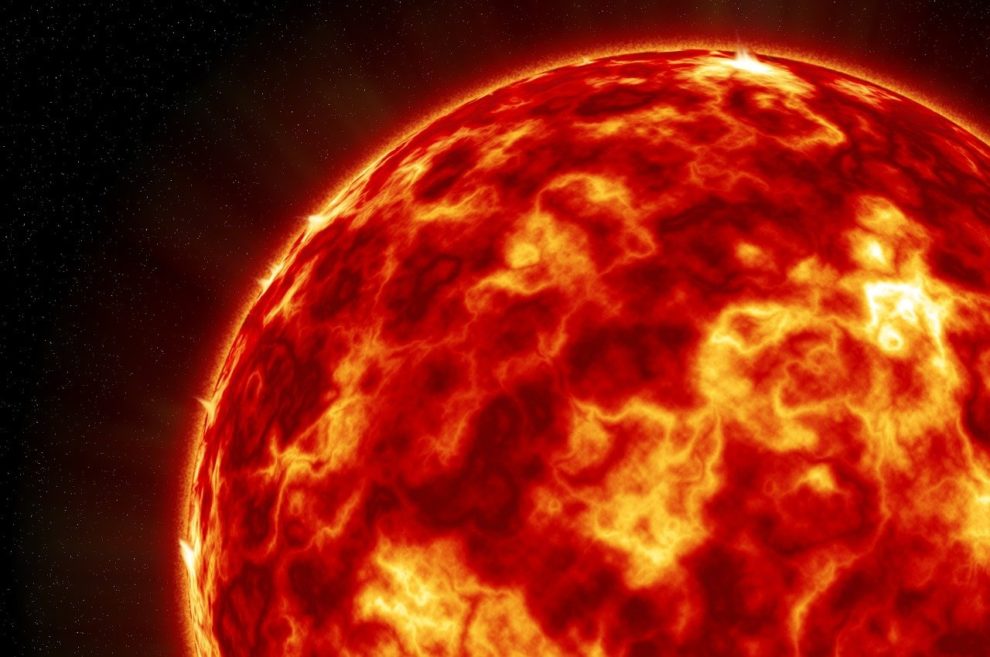New research suggests that the occurrence of super solar storms, like the famous Carrington Event, maybe more frequent than initially believed, Forbes reported.
Super solar storms and their surprising regularity
Solar flares, which are powerful bursts of charged particles shooting toward Earth, can lead to super solar storms that mess with our planet’s magnetic field.
The biggest and wildest space storm ever recorded is called the Carrington Event, back in September 1859, Washington Post reported. Named after a British astronomer, this storm caused colorful lights, or auroras, even as far as Tahiti. It was a big surprise because usually, auroras stick to the Earth’s poles.
The storm also played havoc with the world’s telegraph systems, causing messages to come to a sudden stop. In the weeks that followed, colorful lights appeared even close to the equator during the day. Luckily, back then, when electronic devices weren’t widespread, the damage was minimal.
People used to think the Carrington Event was a rare and unique event, but now scientists are finding out that might not be the case.
A group of scientists from nine countries teamed up to study a not-so-famous solar storm called the Chapman-Silverman event, named after two astronomers who first gathered data on it.
This storm, which hit Earth back in February 1872, turned out to be a big deal. The scientists discovered that powerful solar storms, capable of messing with our technology, happen more often than we realized.
Monitoring solar threats today
Today, the Space Weather Prediction Center of the National Oceanic and Atmospheric Administration keeps a close eye on solar activity and its potential impact on our infrastructure. Power grids and satellite communications are particularly vulnerable to interference and disruptions.
Researchers have connected numerous reports of unusual light phenomena with measurements of the Earth’s geomagnetic field and records of sunspots. This connection revealed that all these events were linked to a peak in solar activity.
By meticulously sifting through records in libraries, archives, and observatory reports worldwide, the team unearthed over 700 accounts describing breathtaking auroral displays in Japan, the U.S., Australia, India, Mexico, Madagascar, and Europe.
Auroras happen when charged particles from the sun interact with Earth’s atmosphere. The extensive visibility of the 1872 aurora suggests that the solar storm behind it was exceptionally powerful.
